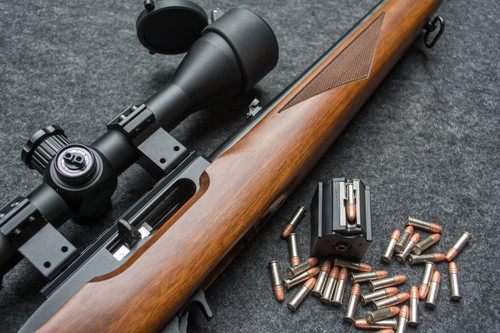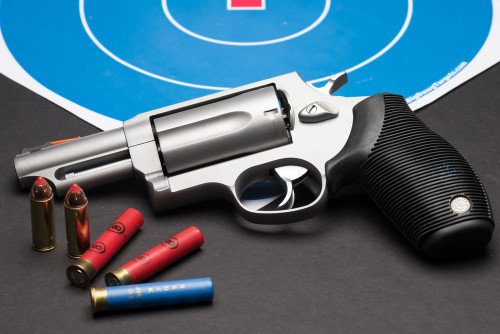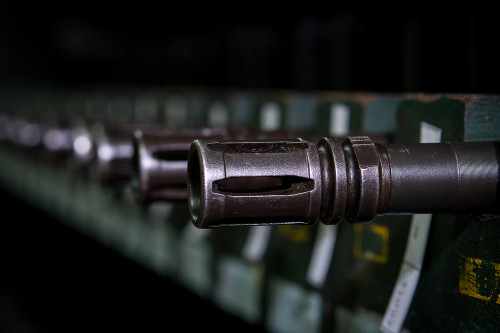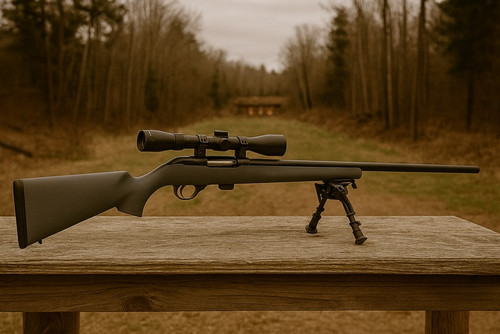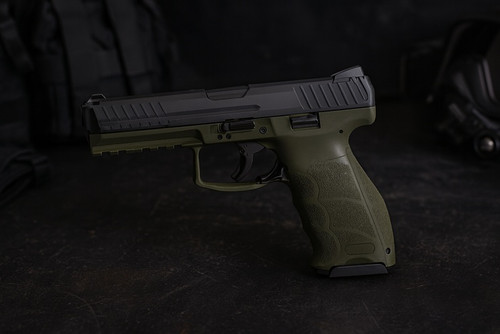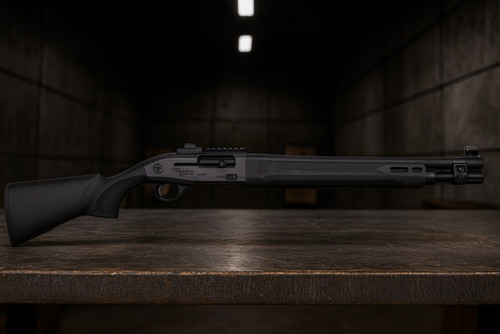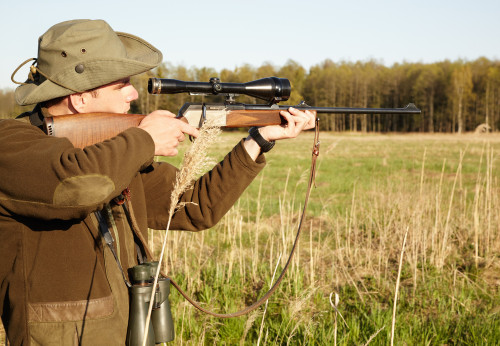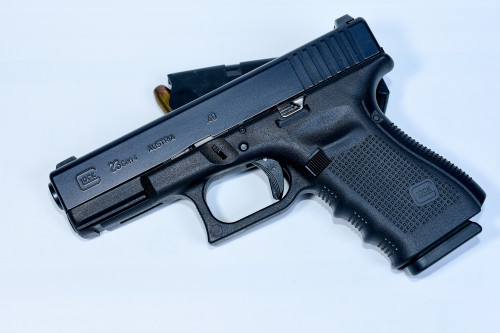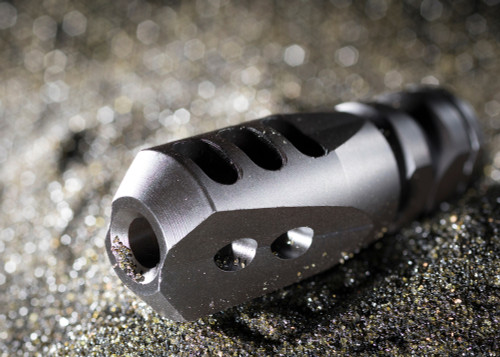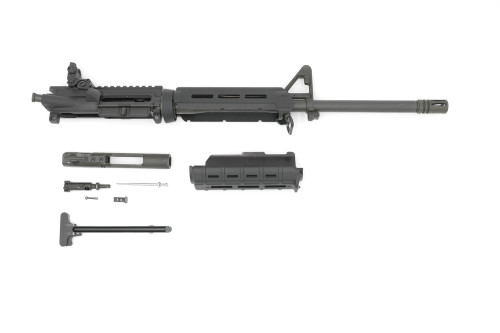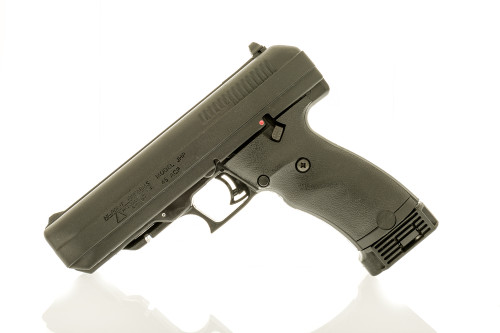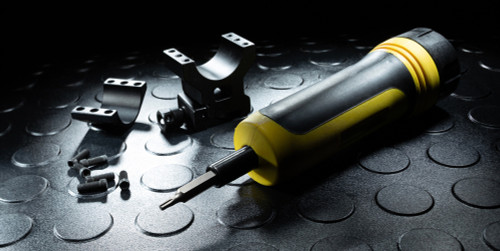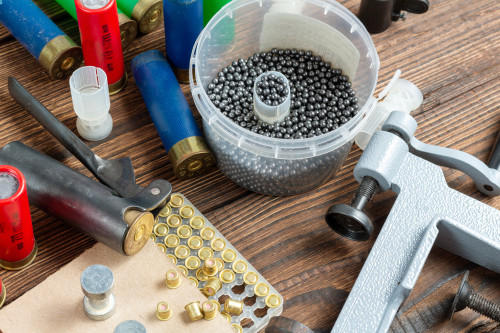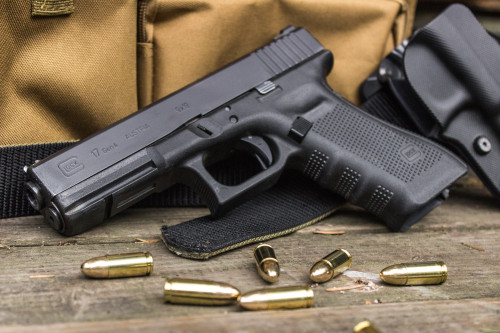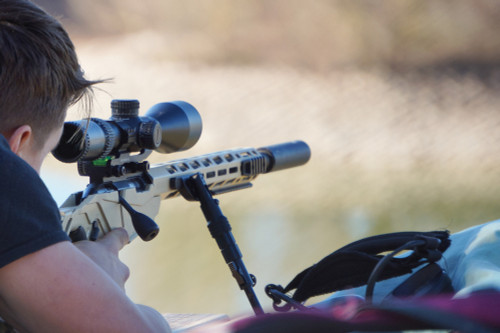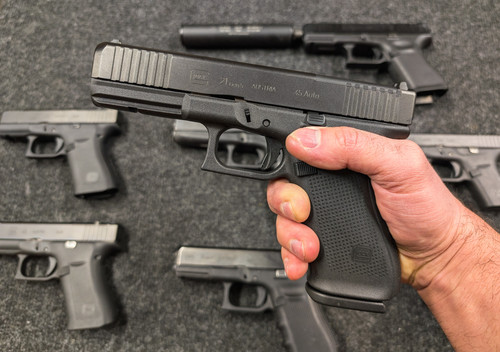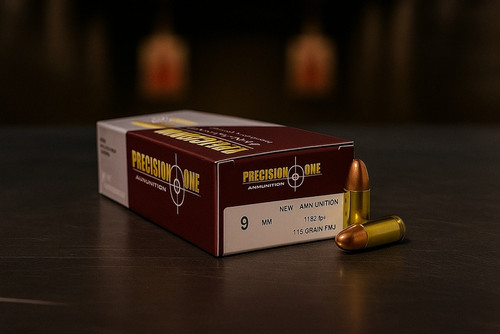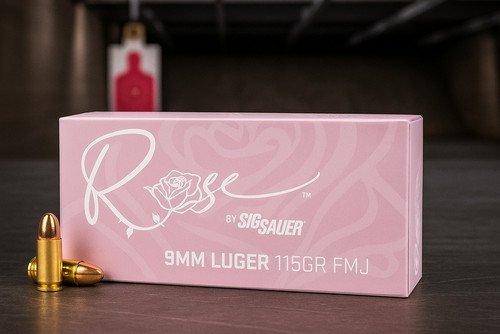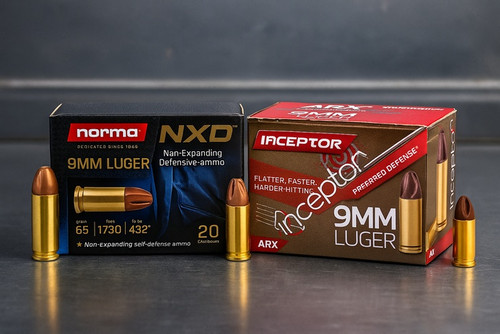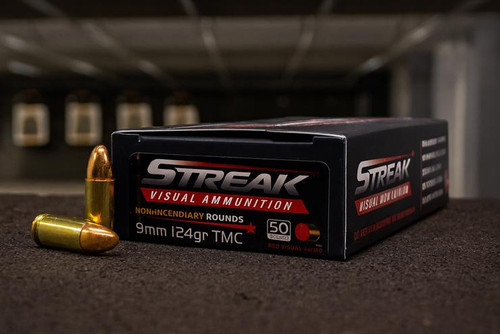Quick Answer
- Rimfire ammo has its primer built into the rim; centerfire ammo uses a central primer.
- Rimfire is cheaper, lighter recoiling, but limited in size and dependability.
- Centerfire is stronger, reloadable, and widely used in defense, hunting, and military.
- Best for beginners: .22 LR rimfire. Best for defense/hunting: common centerfire calibers.
Key Takeaways
- Rimfire primer is struck on the rim, centerfire on the primer cap in the middle.
- Rimfire = affordable, low recoil, limited calibers.
- Centerfire = more options, reloadable, better performance.
- Rimfire is great for training and plinking.
- Centerfire dominates military, defense, and hunting.
During firearms training, instructors often started recruits on rimfire rifles before progressing to centerfire platforms. This simple switch showed beginners how recoil, consistency, and power differ and why understanding both systems is crucial.
Cartridge Basics – What Makes Up a Round?
A standard cartridge contains four main parts: the bullet (the projectile), the case (the container), the propellant (gunpowder), and the primer (the ignition source).
"Bullet" refers only to the projectile – not the entire cartridge. Many folks mistakenly call the whole thing a bullet, but that's like calling an entire car just "the engine."
The key difference between rimfire and centerfire ammunition lies in where the primer is located. This small detail changes everything about how the ammo performs, costs, and functions.
Appearance & Identification
Telling rimfire and centerfire ammo apart is easy. Just flip the cartridge and check out its base.
Centerfire cartridges have a visible circular primer right in the middle of the base. This round component stands out clearly against the brass casing. If you see that distinct circle in the center – boom, you've got centerfire ammo! This design has been the standard for most ammunition since it was perfected in the mid-1800s by various inventors including Hiram Berdan and Edward Boxer.
Rimfire cartridges lack that central primer. Instead, they have a smooth base with no visible primer. These cartridges tend to be smaller in diameter than centerfire options. The .22 Long Rifle (LR) is the most-produced cartridge annually, while the 9mm Parabellum remains the most popular centerfire cartridge worldwide.
How Rimfire and Centerfire Ignition Systems Work
The names tell you the story. Rimfire and centerfire describe the way a cartridge fires.
In rimfire ammo, the primer mix is spread inside the rim at the base. Pull the trigger and the firing pin crushes that rim against the edge of the barrel. That little crush sparks the primer, lights the powder, and sends the bullet racing forward.
This clever idea goes back to 1845. Louis-Nicolas Flobert came up with the first rimfire cartridge, the 6mm Flobert, also called the .22 BB Cap.
Centerfire is built differently. Here the primer sits in a small cup in the middle of the base. When struck, the cup flashes and sets off the powder. That central spot makes for stronger cases and more consistent ignition.
Check used casings and you’ll see it right away. Rimfire has a dent on the edge. Centerfire has a dent in the middle.
Common Rimfire Calibers Explained

Rimfire ammo mostly comes down to a few favorites:
- .22 Short: One of the oldest cartridges, still hanging around in some revolvers.
- .22 Long Rifle (LR): The most popular ammo on the planet. Cheap, mild, and great for beginners.
- .22 Winchester Magnum Rimfire (WMR): Packs more punch than the .22 LR and is handy for small critters.
- .17 Hornady Mach 2 (HM2): A step up from .22 LR, but never really caught on big.
- .17 Hornady Magnum Rimfire (HMR): Flatter shooting and harder hitting than .22 LR. They are used often for small games.
The National Shooting Sports Foundation helped push rimfire competitions. It provides an opportunity for thousands of new shooters to learn with these simple calibers.
Pros of Rimfire Ammunition
- Low cost: .22 LR often runs just 5–10 cents per round, way cheaper than centerfire.
- Soft recoil: Gentle kick makes it great for practice.
- Less noise: Quieter shots keep the range more comfortable.
- Light gear: Both ammo and rimfire guns tend to weigh less.
Cons of Rimfire Ammunition
- Not reloadable for commercial/practical use: rims deform on firing; hobbyist reloading methods exist but are rare and impractical.
- More misfires (but much improved): rimfire is generally less reliable than centerfire, but modern premium brands typically show <0.5% failure under normal conditions.
- Small only: Thin case walls can’t handle big pressures, so calibers stay small.
Research in the American Journal of Forensic Medicine and Pathology even notes rimfire ammo leaves unique wound marks and as a result it makes it easy to spot in investigations.
If cost-per-round and low recoil are priorities (training, plinking, small-game hunting), our Best .22 LR Rimfire Ammo — Top Picks for Accuracy, Hunting, and Plinking guide lists reliable rimfire loads and explains which are best for each use.
Pros of Centerfire Ammunition
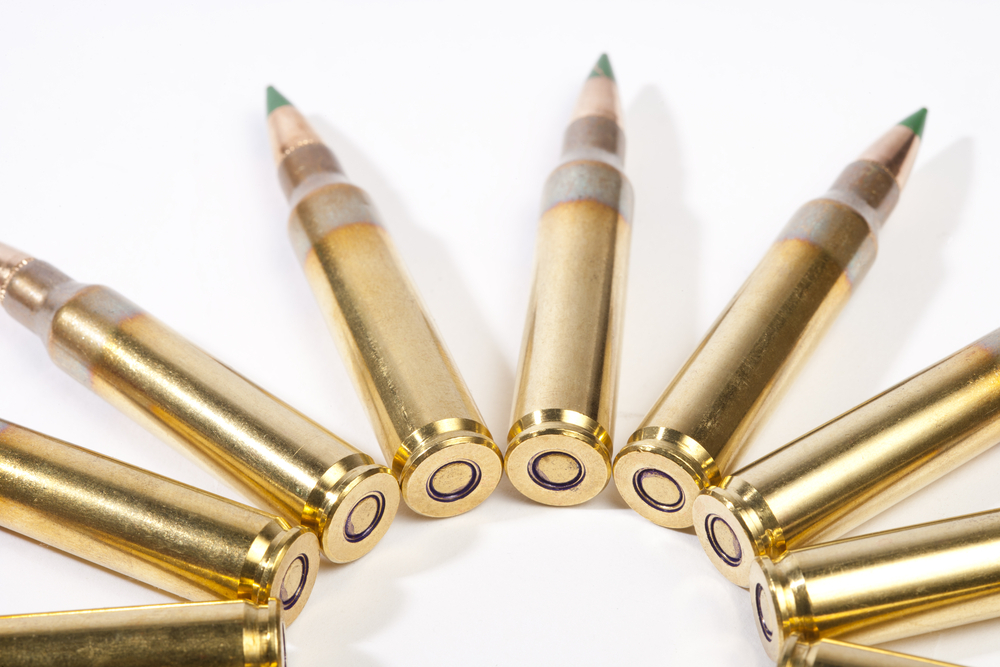
- Better ignition: The primer cup fires cleaner and more consistently.
- Huge range of calibers: From tiny pistol rounds to massive .50 BMG.
- Reloadable: Brass can be reused many times and so it saves money long term.
- Stronger cases: Thick walls handle high pressure loads.
- Great for defense: More power and dependability make it the go-to for protection.
Medical studies confirm that centerfire rounds cause different wound patterns than rimfire. That’s a key factor in both hunting and defense.
Cons of Centerfire Ammunition
- More expensive: Usually three to ten times pricier per shot.
- More kick: Stronger power means heavier recoil, tougher for new shooters.
- Loud: Big bang compared to rimfire.
- Heavier gear: Centerfire guns need thicker parts and weigh more.
For personal defense, duty, or bigger-game hunting where energy and terminal performance matter, see our Best 5.56 for Home Defense, Range Training, and Being Prepared guide for tested centerfire options and training recommendations.
Rimfire vs Centerfire – Which Should You Choose?
It all comes down to what you need.
- Learning the basics: Rimfire wins. Easy recoil, quieter, and way cheaper for practice.
- Hunting: Rimfire works fine for rabbits or squirrels. For bigger animals like deer, go centerfire.
- Home defense: No contest—centerfire. That’s what police and the FBI use. Common rounds include 9mm, .40 S\&W, and .45 ACP.
- Competition: Both have their stage. Rimfire matches focus on accuracy. Centerfire matches test speed and power control.
The Sporting Arms and Ammunition Manufacturers’ Institute keeps strict standards for both types. They make sure safety and quality stay the same across brands.
| Feature | Rimfire | Centerfire |
|---|---|---|
| Primer Location | Built into rim of case | Separate primer cup in center |
| Appearance | Smooth base, no visible primer | Visible circular primer in middle |
| Ignition System | Firing pin crushes rim to ignite | Firing pin strikes central primer cup |
| Common Calibers | .22 Short, .22 LR, .22 WMR, .17 HM2, .17 HMR | Wide range (.380 ACP, 9mm, .45 ACP, .308, .50 BMG, etc.) |
| Cost | Very cheap (≈ $0.07–$0.12 / round) | Typically 3–4× more expensive |
| Reloadable | No — rim is crushed after firing | Yes — cases can be reloaded many times |
| Reliability | Higher misfire rate (~1–2%) | Very reliable, consistent ignition |
| Recoil | Low — very soft | Stronger recoil, varies by caliber |
| Noise | Quieter for subsonic loads; high-velocity rimfire can still be sharp | Louder (depends on caliber and load) |
| Case Strength | Thin walls — suitable for low pressures only | Thicker walls — designed for high pressures |
Recommended Rimfire Ammo for Beginners
If you’re new to shooting, start with these trusted picks:
- Federal 40gr .22 LR: Cheap, steady, and easy to find. About 7 cents a round.
- CCI Mini-Mag 40gr .22 LR: Costs a bit more (around 11 cents) but the quality is higher.
- CCI Standard Velocity: Sits right in the middle at 8 cents a round. Smooth and easy to use.
- Eley Match or SK Match: Premium choice for precision. About 15 cents each. Super accurate for target days.
Ammo can be tricky to find. In recent years, shelves have gone empty fast. So when you spot a good deal, grab extra. You’ll thank yourself later.
Safety & Firing Issues
Even top names like CCI can misfire here and there. With rimfire ammo, about 1–2 rounds in a hundred may fail to fire. The reason is simple. The priming compound in the rim doesn’t always spread out evenly.
This isn’t new either. Back in the American Civil War, some Henry rifles even had dual firing pins to increase ignition reliability during wartime production, when ammo quality varied. Cartridges were rushed out in wartime, so quality wasn’t always great. . Archaeologists even found that Native Americans using these rifles would try firing the same round a few times until it lit. Source: NRA Shooting Sports USA
For defense, this failure rate is a big red flag. That small chance of no fire is too risky when your safety is on the line. That’s why most people trust centerfire when it really matters.
Final Thoughts – Why the Difference Matters
Knowing how rimfire and centerfire differ makes you smarter with your choices.
If you’re starting out, rimfire is your budget-friendly teacher. The soft recoil of .22 LR lets you practice without bad habits forming. It’s gentle, so you can focus on aim and trigger control.
As you grow, centerfire steps in. It costs more, but you get more power and more consistent results. That makes it the go-to for hunting, competition, and personal defense.
In the end, most gun owners keep both. Rimfire for practice and plinking fun. Centerfire for the serious side of things.
Frequently Asked Questions (FAQ)
What's the main difference between rimfire and centerfire ammo?
Rimfire ammunition has the primer compound inside the rim of the case base. Centerfire ammunition has a separate primer cup in the center of the case base. This affects everything from cost to power to reusability.
Why is rimfire cheaper than centerfire?
Rimfire costs less because it’s simple to make. The case walls are thin, and the primer is built right in. That means fewer parts and less material. Centerfire needs separate primer pieces, which adds extra steps and cost.
Can you reload rimfire ammunition?
No, you can’t. After firing, the rim gets crushed by the firing pin. The primer inside is used up, and the case can’t be saved. Centerfire is different - you can swap the primer and use the case again. Rimfire just doesn’t work that way.
Which calibers are rimfire only?
Some rounds exist only in rimfire. The most common are:
- .22 Short
- .22 Long Rifle (LR)
- .22 Winchester Magnum Rimfire (WMR)
- .17 Hornady Mach 2 (HM2)
- .17 Hornady Magnum Rimfire (HMR)
These don’t have centerfire versions. They’re rimfire through and through.
Is rimfire good for self-defense?
Not really. Failure rates are higher—sometimes one or two out of a hundred don’t fire. Even the best brands can misfire. Stopping power is lower too. Centerfire is much safer when it comes to protecting life.
About the Author
This article comes from the ProArmory writing team. We pull together current research from trusted names like the Journal of Forensic Science, Firearms News, and the National Shooting Sports Foundation.
Our team has years of hands-on knowledge in firearms education. Some of us bring military training backgrounds. Others add technical know-how from years of working with guns and gear. Together, we aim to share clear and useful information for both new and experienced gun owners.
Disclaimer: This article is for learning only. It is not professional advice. Gun laws are different depending on where you live. You are responsible for knowing and following all federal, state, and local laws about buying, owning, and using ammo.




 Pro Armory Editorial Team
Pro Armory Editorial Team




